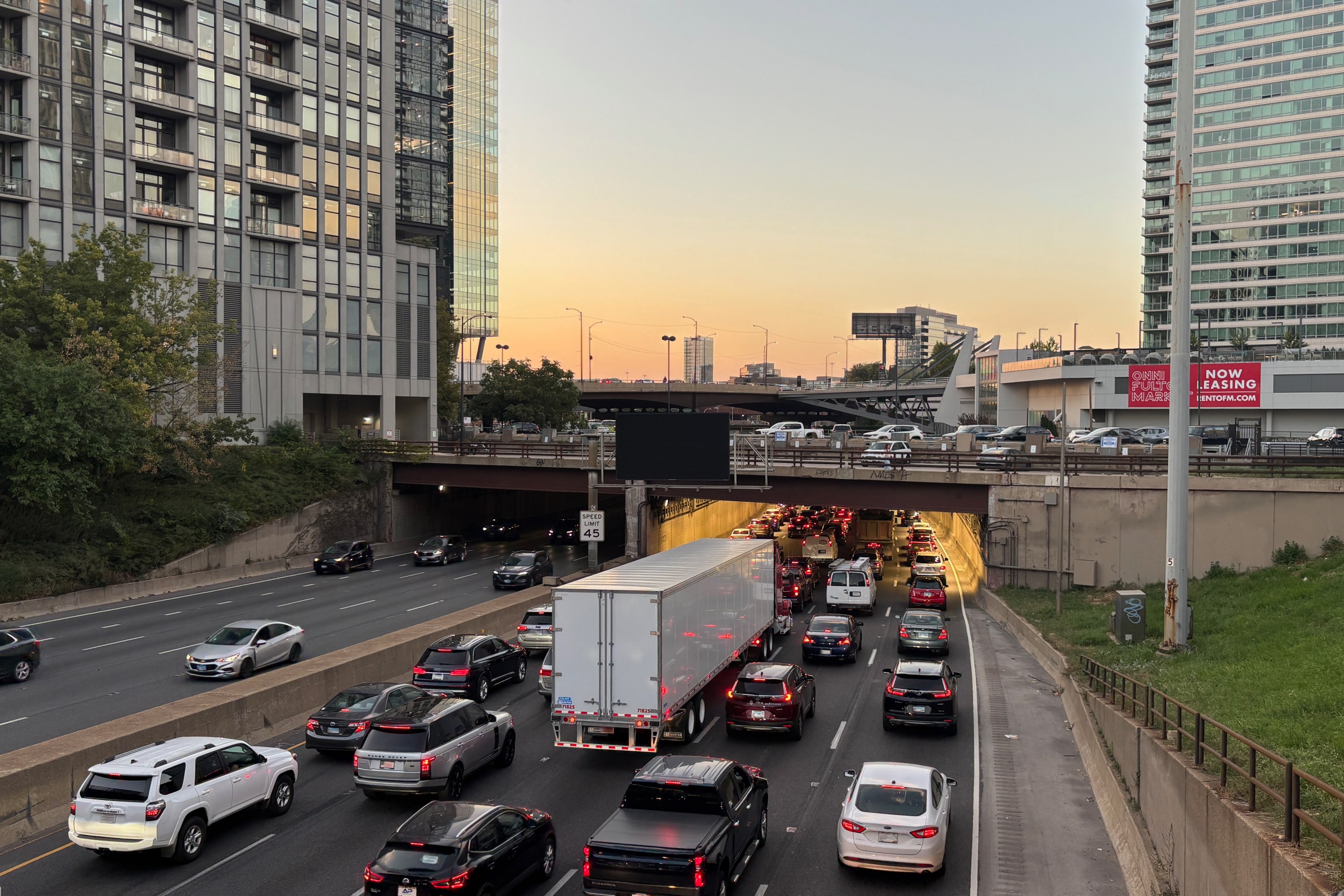A few weeks ago, the Obama Administration had a rather embarrassing public difference over the idea of a mileage tax to replace the gas tax. It's certainly one of the most contentious notions out there, but most of the debate is based on hypotheticals. Now, as reported by Streetsblog Network member Worldchanging, the Oregon Department of Transportation has released the results of a 2006 experiment in a pay-at-the-pump mileage-based system, and we have some data to talk about. Adam Stein writes:
Photo by Entropyer via Flickr.
The Oregon Department of Transportation (ODOT) has compiled a 100-page report on the experiment that covers a lot of ground, but basically describes the trial as a roaring success. Note several features of this system:
- Overhead is low. Because the mileage tax piggybacks on the existing gas tax collection system, it’s easy and cheap for the state to administer.
- Payment is simple. From the driver’s perspective, the mileage tax differs little from the gas tax, other than the fact that their gas station receipts contain interesting information on miles driven.
- Privacy is protected. The state only gets odometer information, not information about vehicle location.
- Evasion is difficult. Even if you tamper with the GPS receiver, you’re still going to pay the gas tax.
- Phased implementation is possible. Oregon doesn’t foresee a complete changeover to mileage taxes happening until 2040. This is a bit too slow for my taste (I really hope gas stations don’t exist in
2040), but the point is that gas taxes and mileage taxes can happily coexist as the vehicle fleet turns over.Technically, the system worked. Just as importantly, public acceptance was high. 91% of [self-selected] test participants preferred the system to paying gas taxes.… Before the experiment began, media portrayals of the system were almost uniformly negative -- and inaccurate. By the middle of 2006, media coverage ranged from neutral to positive, and were far more accurate. Citizen comment
reflected this broader trend. ODOT concludes, “Effective communication can lead to public acceptance.”
Elsewhere around the network: Sustainable Savannah has a sheriff's shocking defense of high-speed driving on rural roads; Twin Cities Streets for People links to a CNN report on the national mass transit crisis that uses Transportation for America's excellent map of service cuts around the nation; and Trains for America notes that Japan is committed to staying out in front on high-speed rail.





